
For Rita Bullwinkel, youth sports are a befuddling memory. Before becoming an author and receiving a Whiting Award for the short story collection Belly Up, the San Francisco-based writer lived another life as the co-captain of Brown University's Division I Water Polo team. Going to different tournaments every weekend, she remembers both the exhilaration and the monotony of enacting these rituals. “The farther I get away from that part of my life, the more bizarre and strange it becomes,” she says.
This experience grounds the slice-of-life narrative of her debut novel Headshot, which follows eight teen girl boxers over two hot, bout-filled July days in Reno, Nevada, during an indistinct period of the 2000s. Equal parts delusional and devastating, the girls’ inner monologues capture the all-consuming and fleeting nature of youthful ambition and emotion. Contained entirely within matches, Bullwinkel’s prose ricochets from achingly close to grand and sweeping. It shouldn’t work, and yet, Headshot holds all these tensions taut for a couple hundred pages, breathlessly, like the seconds before a punch connects.
To mark the book’s launch, Bullwinkel spoke to CULTURED about the tournament theatrics, bodily wisdom, and the timelessness of Chubby Bunny.
CULTURED: When did you decide to write about teenage girl boxers?
Rita Bullwinkel: I had so many memories of being a youth athlete. I was most successfully a water polo player, so I spent all this time doing this very specific thing that, in my memory, was all-encompassing. I would go to these spaces that were really geographically different but also really similar. There was often the same cast of characters. It feels almost like I was part of a traveling troupe of actors going to these different theaters of competition.
The book is set in the world of youth women's boxing because the architecture of the sport is so theatrical and allows for characters to be in physical dialogue with one another. Early in the writing process, I happened upon this trove of YouTube videos of young women recording themselves boxing, not for external viewing but as an artifact for themselves. These training videos were really a tool for them to see the difference between what they were doing physically and what they were doing in their mind. I realized I had access to the sport because I remembered using this same tool.
CULTURED: I read that you don’t write from life, yet this book feels so grounded.
Bullwinkel: I feel like I do write from my life. I certainly don't write autofiction, but as writers, all we really have is our own lived experience. All of the characters are both me and not me, in the way that an actor has to use their lived experience and expressions to depict a fictional character. They all have stolen bits of my own biography.
CULTURED: The book opens in negation, specifically all the things young boxer Andi Taylor isn't thinking about. Do you believe that the things we're trying not to think about are more revealing than what we actually allow through?
Bullwinkel: Oh, I feel like my life is dominated by the things I'm trying not to think about. I'm trying to push things out of my mind and just failing miserably. Instead, it is the things that you push away, that in fact enter and live at the front of your brain, that are totally indicative of something significant.
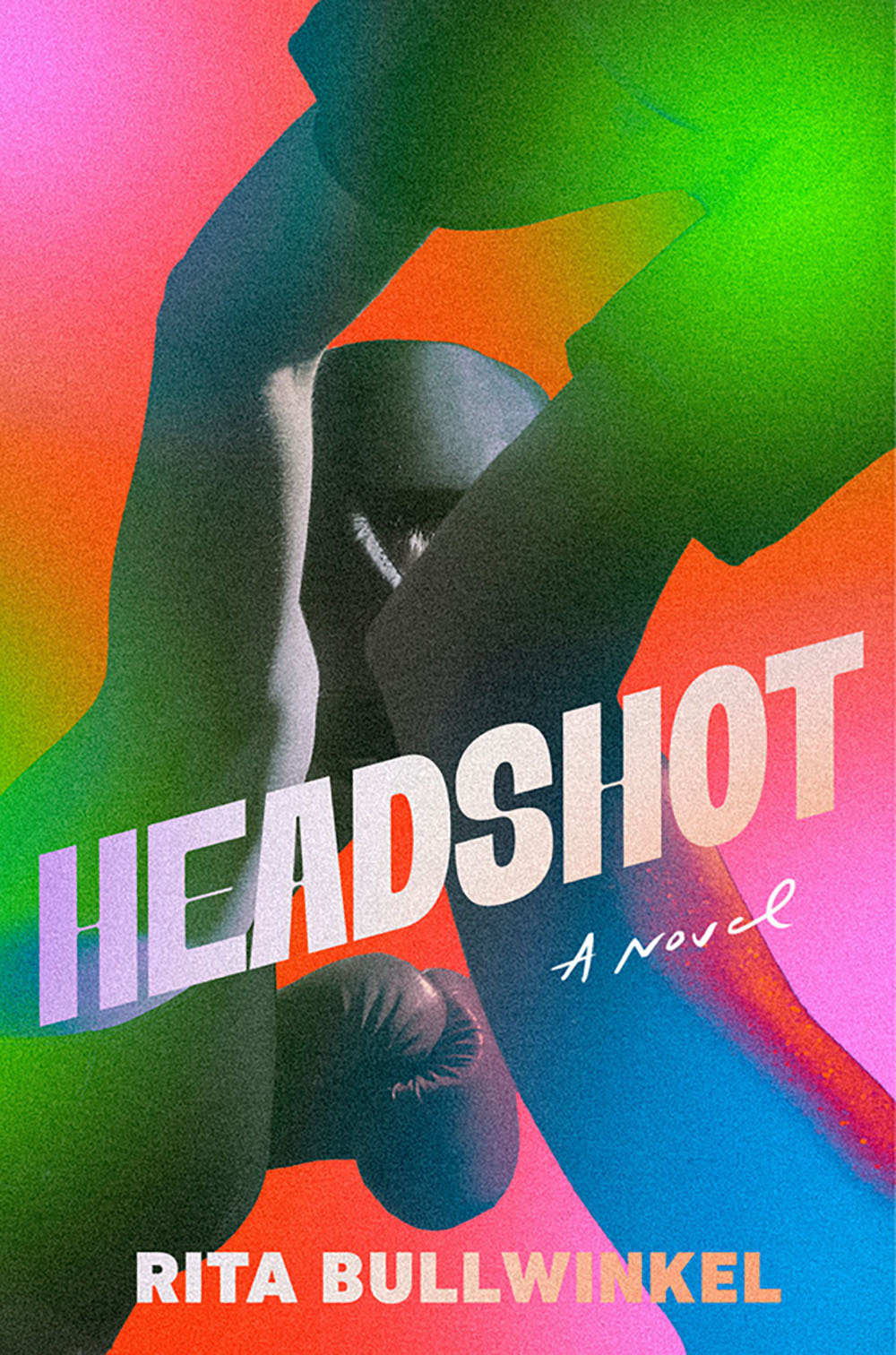
CULTURED: You write from the perspectives of eight different boxers, which means eight different voices. Was there one voice that was easiest to tap into? Did any of them fight you?
Bullwinkel: No, they felt pretty familiar. They were like friends that I knew. I won't name names, but I do feel like the girls that I knew the least stayed in the tournament for the longest. I would stick with one because I wasn't sure what she was about.
CULTURED: The books’ form resembles a tournament bracket. Each chapter is contained within a match. Was that always the plan?
Bullwinkel: I had a draft of the book—I don’t know if it was a book, it was book-length—that was first-person from the point of view of a single girl boxer. I can't even remember her name. I wrote the draft, then read it, and I felt strongly that it was not doing what I wanted it to do. The only parts that electrified me were the ones actually in the boxing ring. Then I realized that the confines of the boxing ring allowed me to move forward in the characters’ psyches and minds. Within an hour of reading this complete draft, I drew the bracket, sketched out the characters, and began the book over. That draft is very close to the one that exists today.
CULTURED: Time operates very interestingly in Headshot. There are these deeply strategic thoughts the boxers have in a half-second, then these narrative jumps that propel us forward many years. Why was it important to include the future, namely the girls’ fates post-boxing?
Bullwinkel: One of the most powerful things about fiction is its ability to melt, condense, and expand time. There are other mediums like film, for instance, that might be better at suspense or plot. But even in film flashbacks, they really cannot futz with time in the way that writing can. I think about Primo Levi's A Tranquil Star, and how that story in a paragraph travels thousands of years. That feels so electrifying and true to the way human memory works. When you're doing something physically hard, or when your body is experiencing intense pain, time has this ability to wiggle.
I think of the third person narrator as being a chorus of all young female athletes prior and in the future. They're godlike, and they have access to how everyone was born and how everyone will die. I thought it was fun to be able to share with the reader the specific match that's so important to these characters as you're meeting them, but is just one small thing in their expansive experience of life.
CULTURED: There's this idea that the losers of the match, their bodies haunt the current bout fighters. How did this violent intimacy transmute into a haunting within the body?
Bullwinkel: When I think about these personal experiences of physical competition, I'm really struck by how unique of an embodied experience that is. Water Polo is an incredibly physical sport: You're often wrestling someone in the pool, laying hands on another person. When I was reflecting, I was struck by how there are very few instances where it's societally acceptable to touch one another.
There’s pretty much three buckets. One is a romantic relationship, or a familial relationship. So, physical affection. Then there's the service-based bucket. You are getting your hair done or a massage. Then there's sports. They all have their own electricity attached, but sports are particularly bizarre because most are essentially a cosplay of warfare. In order to compete against someone, you are agreeing that you are equals in some way. That power dynamic and the physical touch as a result remain really interesting to me.
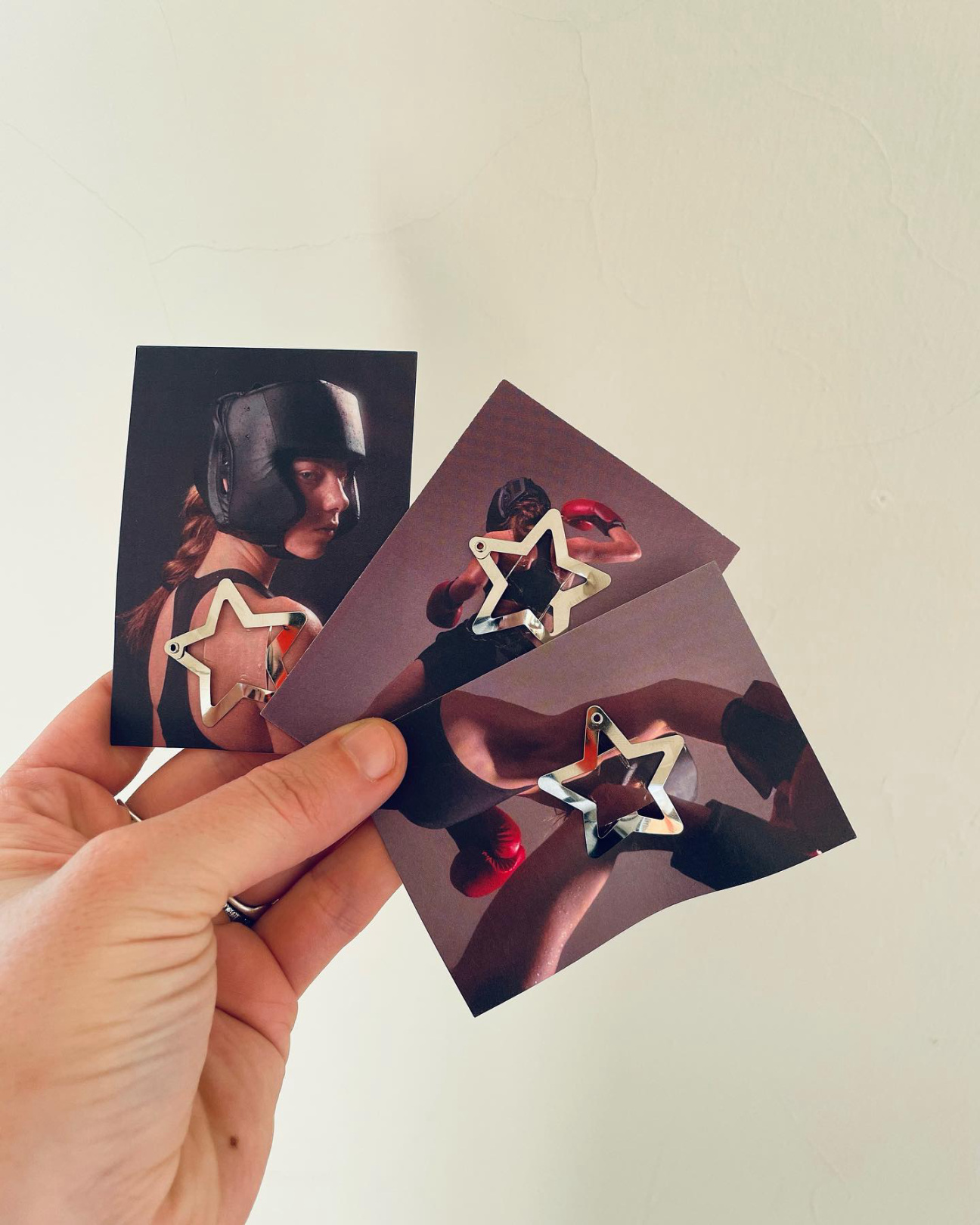
CULTURED: A tension occurs between delusion and reality in this book. How did that rhythm come to be with the prose flitting between those two poles?
Bullwinkel: There is a certain amount of delusion that one would have to have in order to do the level of physical competition that these young girls are doing. With women's sports, that delusion is more evident. I was reflecting recently with my editors—Paul Slovak and Allie Merola—about how people my age are some of the first young women that grew up in the era of Title IX with the benefits of Title IX. Once universities were mandated to have women's athletics programs, money was poured into them. What results from that is these institutions and systems exist for young girls to train at an incredibly high level and become talented athletes without any of the societal recognition or viewership as some of the male sports.
CULTURED: At one point, two girls fighting are described as “two parts of a single animal.” How did this animalistic thread come into the narrative?
Bullwinkel: It's natural when using your body for something really physically intense to arrive at the conclusion that one is fundamentally an animal, because of course we are animals. Animals seem, in many ways, like they're supremely adept at using their bodies because they're not burdened by language. Language is the thing that gets in the way of using your body, in some ways.
How does the fact that we're able to use language to articulate pain affect how we experience bodily pain and also remember it? Animals, because they don't have language, are able to move through those bodily spaces more easily. I'm not saying that animals don't feel pain—they do—but their experience of it is likely really different. There's something maybe simpler and more powerful about that existence.
CULTURED: In one chapter, a game of Chubby Bunny helps flesh out the relationships between the girls, and gives readers a bit of context for the time period from which you were writing. Why Chubby Bunny?
Bullwinkel: It’s an immortal game. Part of what the book is interested in is the strange way that the playing of games has the ability to form a collective memory. I thought of the structure of the book as being like a game of sardines because it’s a game of accumulation. But Chubby Bunny: It just seemed like something that these girls would have all played. It's played in the summer when you don't have school. There's no parents around. It's a pretty disgusting game. And it's wasteful, obviously. It's so unfeminine. You have these vivid memories of playing it exclusively in large groups of girls, where it was this grotesque contest. I like that subversion.

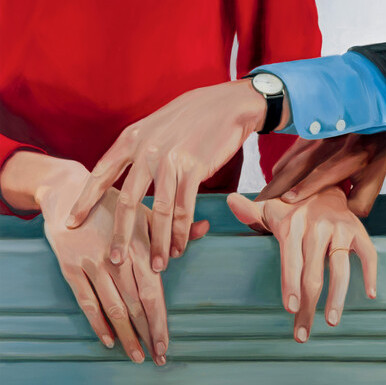
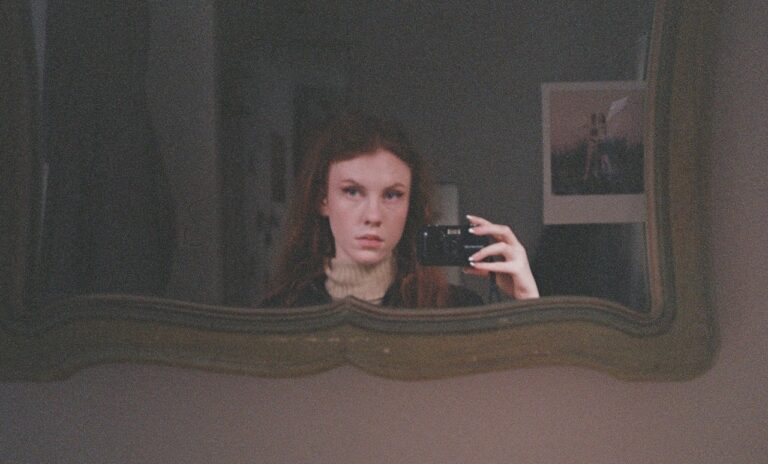
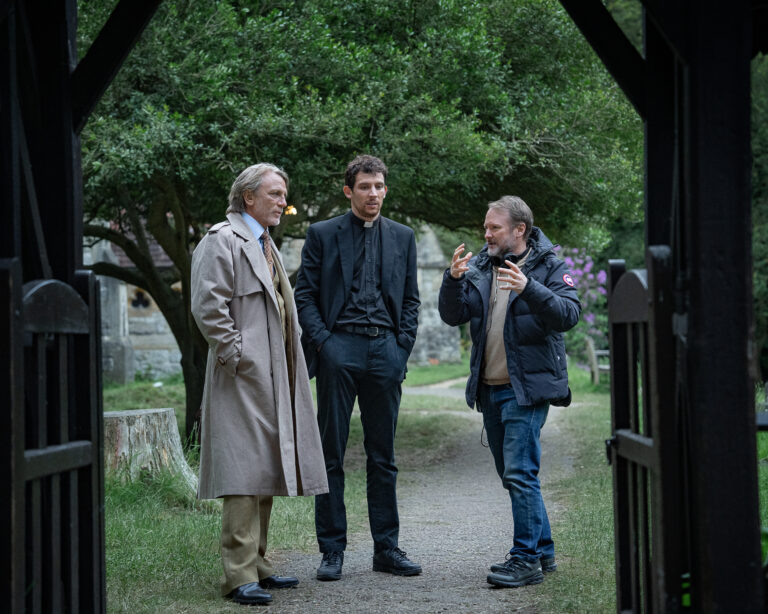


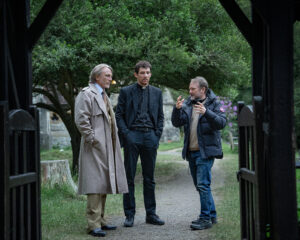



 in your life?
in your life?

